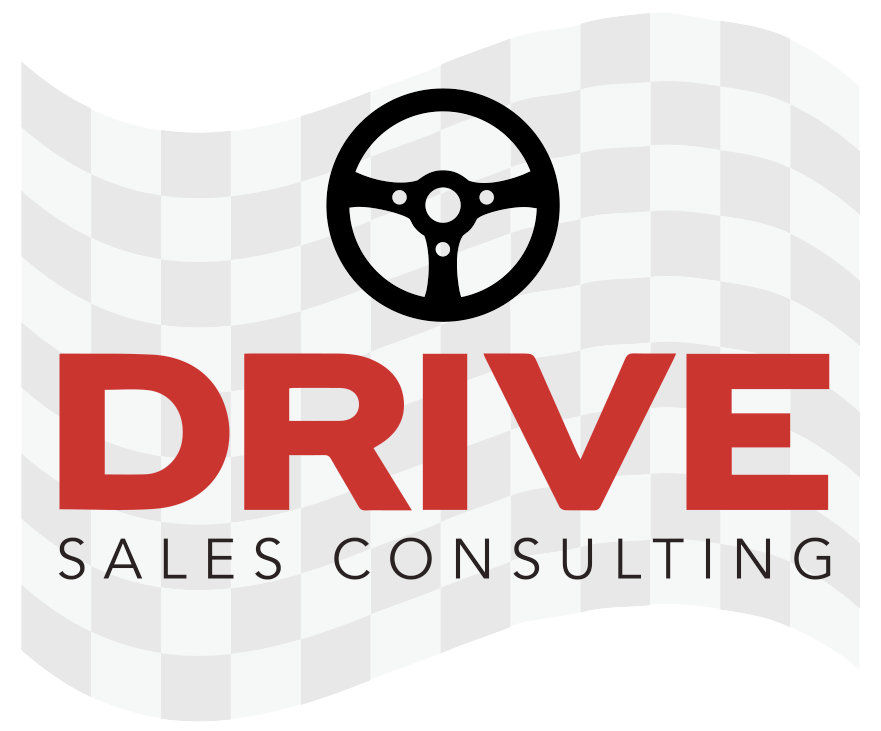If you’re a leader in a professional services firm, you’ve probably noticed that most of your new business comes from a small handful of your Partner-level colleagues. If one or more of these Partners left, who would replace them to be your next generation of rainmakers, or biz dev superstars?
Understandably, professional services firms – consulting, accounting, law, etc. -- tend to assign biz dev responsibilities to Partners and Directors who are a) extroverted, and b) strong networkers. It’s true that selling new work can be challenging for someone who doesn’t enjoy being around other people. However, it is also true that plenty of well-networked extroverts fail to bring in the work. How come?
I set out to find how rainmakers -- which I define here as the top 10% within professional services firms in winning new revenue from new clients -- compare to:
Top salespeople in industries outside of professional services,
Non-rainmakers (the bottom 90%) in professional services.
To do this, I engaged my friends at Objective Management Group, which maintains the largest and most seasoned database on the planet for sales and business development talent. They did a highly targeted study of roughly 500 professionals with business development responsibilities in professional services firms. The conclusions might surprise you.
Belief #1: Top rainmakers are different from top full-time salespeople.
Whatever term your firm uses to refer to new business from new clients, the rainmakers (top 10%) in professional services firms share the competencies of the top 10% of full-time salespeople in any industry.
In the illustration above, you can see how closely aligned rainmakers (blue) are with top salespeople in any industry (orange) in two key areas: grit (the five factors to the left) and how they’re naturally wired for sales (Sales DNA, on the right). In fact, there was a 96.7% correlation across the 29 factors OMG looked at.
>>Conclusion: Top rainmakers and top salespeople share the same competencies to win work.
Belief #2: Rainmakers (top 10%) are more personable and better networked than non-rainmakers (bottom 90%) in professional services firms.
Across the 29 factors, there were significant differences between the top, average and bottom performers in our professional services study.
For the same six key factors selected in the prior graph, you can see some wide gaps between top and bottom performers in the areas of grit (left-most five) and how they’re wired for sales (right-most).
The biggest gaps, however, were in several biz dev competencies, or skills:
The five most significant differences had little to do with being extroverted or having a big network. They were:
Closing: The ability to overcome resistance to close new business. Here, the top 10% were 123% stronger than the average, and 600% stronger than the bottom 10%.
Reaching Decision Makers: Accessing a broader set of contacts in the sales process, given larger and more complex decision-making processes in client companies today. For this competency, top performers were 92% stronger than the average, and 582% versus the bottom 10%.
Social Selling: The ability to not to just have a lot of contacts, but to convert them into opportunities. Here, the top 10% were 71% stronger than average and 336% stronger than the bottom 10%.
Consultative Selling: Through effective questioning and listening skills, rainmakers identify a prospect’s compelling reason to buy or move. Here, they are 68% stronger than average and 283% stronger than the bottom 10%.
CRM Savvy: Rainmakers realize that their CRM saves them prep time and allows them to stay organized and on track to win more work. In this regard, they are 85% above average and 200% higher than the bottom 10%.
>>Conclusion: There is no evidence to support the concept that extroversion and networking ability produce rainmakers.
While these qualities are helpful for business development, it’s important to look deeper to find your next generation of rainmakers. If you’re not happy with your firm’s pace of growth, using data to identify business development competencies in your next generation is a more objective and accurate way to promote and recruit those future rainmakers that will, er, make it rain.




